“Food As Art As Food” (食品如艺术)
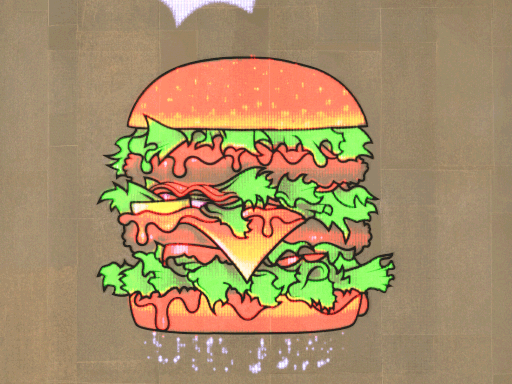
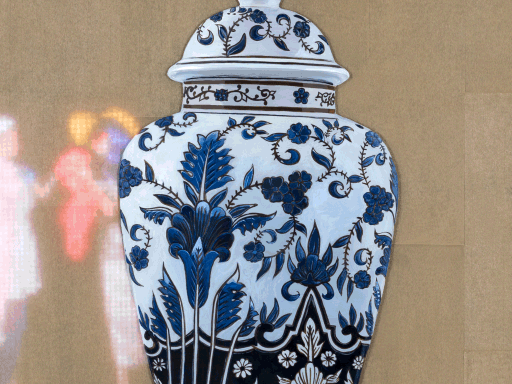


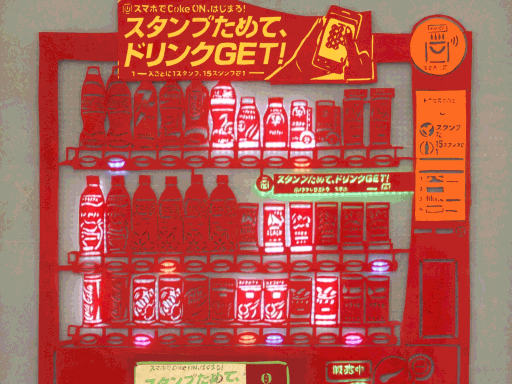
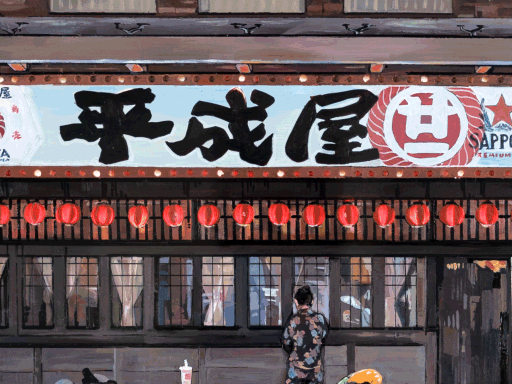
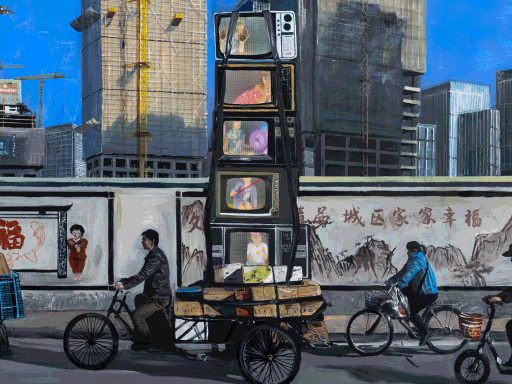
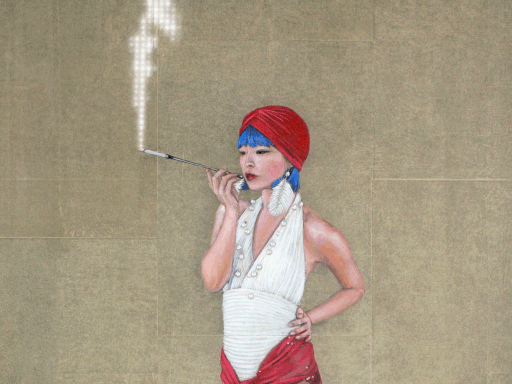
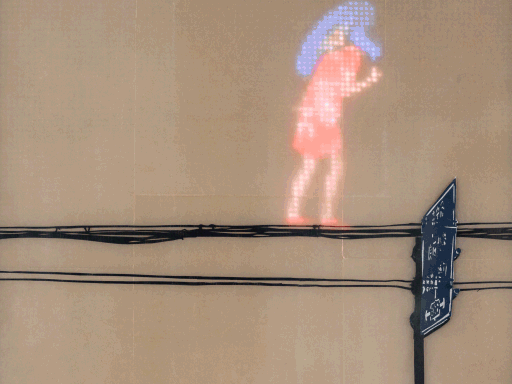
1. "Egg Mc Manfen" • 2. "The Curiosity Chronicles" • 3. "Walkin'in my third favorite Smell" • 4. "Sunny Day, Sudden Rain" • 5. "Sodadorinku" • 6. "Heiseiya Takeaway" • 7. "South Bund Saunter" • 8. "The Song of Zhou Xuan" • 9. "Pitter Patter Steps"
ABOUT
Stinky tofu, thousand-year egg, chicken feet, hairy spicy crabs, beggar’s chicken, duck tongues...or perhaps a ‘Spicy Han-Burger’[1] ? Now that I have your attention let’s dig in!
There is a common chengyu, “mín yǐ shí wéi tiān” (民以食为天) whose meaning roughly translates as
“to the people, food is heaven”, and heaven indeed it is! This concept illustrates just how important food is in Chinese life. So much so, that a common greeting among close friends, “Chi le ma” (吃了吗)?” means “Have you eaten?”. And if you have eaten, a common response may be, “Chī le zài chī diǎn” (吃了再吃点), “If you have eaten, then eat some more”. In Chinese culture, food is very strongly attached to people’s emotions and well-being, almost like a special bond. island6's newest exhibition “Food as Art as Food” explores the unique and powerful relationship between food and people, and the opulent comfort that comes from ‘Walkin’in my third favorite Smell in all of Creation’[2]
In a country as diverse and colorful as China it’s no surprise to find a vast abundance of cuisines to make even the loneliest of traveler feel right at home. On Anthony Bourdain’s Shanghai visit back in 2014 he enjoyed homemade xiaolongbaos, which he referred to as “pillows of happiness that will scald your tongue and throat if you don’t know what you’re doing”, spicy mouth numbing Sichuanese ribs, and fresh raw oysters, with the saltwater taken out and replaced with champagne. An obvious bountiful selection, why if you don’t believe me just step into any convenience store, market, or ‘Chuan Chuan Hot Pot’[3] (a personal favorite of the island6 art collective) and see for yourself! What you’ll find will enamor you and light up your senses. Trust me, there’s truly something special for everyone.
Shanghai is home to some of the most talented and creative chefs. As artists of the cuisine world, it’s thrilling to see (and of course taste) these works of art. Using food as a medium for artistic expression makes the act of creating and consuming food 'A Most Unlikely Love Affair’[4]. By experimenting with food, artists can change almost everything about the dish and yet although the appearance will be radically different, the dish will preserve its essence. Take for example the good ol’ noddle. It became a staple food during the Han Dynasty 2,000 years ago and it’s still widely popular today. There’s a million and one ways to prepare it, from stir fry to a big steaming bowl of ‘Soba Manabe’[5]. Regardless of preparation, cooking technique, spicy Sichuan peppers or salty soy sauce, it maintains its comforting spirit. Try some, the island6 art collective guarantees it’ll be an unforgettable experience!
Forming an integral part of our daily lives, it’s no surprise food has always been a classic subject of art. As humans we have a deeply curious nature, as well as an innate desire to share and learn. Dating back to the Paleolithic era there’s painted records of food of that period. Similarly, the tomb of Ramesses III contains a painting of a royal bakery depicting ancient methods of baking! By Renaissance times, artists were inspired by daily rituals and began to incorporate food into their work, creating a window into culinary customs and eating habits of different cultures. However, at the same time these still images were a way to show off a certain level of status, wealth and prosperity. Those that could afford it would arrange ridiculously lavish banquets not for consumption but for documentation purposes. Now serving as a reminder of the transient nature of luxury perhaps.
Food has the power to inspire the most creative minds. In 1987, Czech-Canadian artist Jana Sterbak used 50 pounds of raw flank steak and stitched them together to create a wearable meat dress. Inspired by still-life vanitas, this was her method of bringing a painting to life, in hopes of making a more powerful impact. This moment in art history was very controversial but also inspired people to rethink the role and purpose of food. For instance, who can forget the 2010 MTV Video Music Awards red carpet moment when Lady Gaga appeared wearing a meat dress? Designer Franc Fernandez brilliantly used 40 pounds of raw meat to complete the dress, shoes, and headpiece ensemble. Truly a showstopping moment that influenced the concept of “wearable foods”. Proving once more the versatility of food. It was not long before hot pot restaurants replicated this iconic fashion moment by serving raw beef wrapped around a barbie doll, instead of using plates. By the way the best way to cook meat is by using the fire from a dragon (If you have trouble finding one just head to ‘Shenlong’s Den’[6]).
German philosopher Ludwig Feuerbach describes the act of eating as “of the greatest philosophical significance and importance...Eating and drinking hold together body and soul!”. It’s evident Feuerbach believed food provides more than mere sustenance and sees a special connection between people and their daily food choices. In 2000, Chinese artist Wang Guangyi created an art installation to question and explore the role food plays in society. In The Era of Materialism, we learn that food nourishes the mind and therefore ideas, thoughts, and values as well, contributing to the formation of a collective social memory. Food is embedded in the thread of life, impacting people’s daily lives, culture, and heritage. If only it were as easy as washing away stains at the ‘Rascal Life Laundromat’[7] . In a similar notion, conceptual artist Rirkrit Tiravanija uses food as a medium to convey far more than just flavor. In 1992 he created a solo project in which he cooked and served Thai curry to visitors. His goal was to blur the lines between artist, art, and the audience; in a deceptive way inviting visitors to become part of the art and form an experiential connection with one another.
The relationship between food, people, and art although subtle is also multidimensional, complex, and unique. It may go unnoticed at first but eventually it will become impossible to ignore, just like the sparkling sign outside your favorite ‘Heiseiya Takeaway’[8] spot. The island6 art collective explores the multiple ways food embeds into our daily lives and its role in the bigger scheme of things. We are so excited to share this exhibition with all of you and we’re sure you will leave feeling inspired and a bit hungry as well! Just a reminder the art is not edible, enjoy!
DATES
From December 19th 2020 to February 19th 2021
From December 19th 2020 to February 19th 2021
CURATION
Tiara Alvarado-Leon
ART DIRECTION
Thomas Charvériat
CO-CURATION & SCENOGRAPHY
Iris Gardener
ART RESEARCH
Gao Lei 高磊, Tang Dashi 汤大师, He Dashi 贺大师, Wang Chuanwen 王传文, Wang Tie Zhong 王铁中
COORDINATION
Serena Charvériat-Young 杨倩菁, Camilla Zhao 赵莹
ARTISTS
island6 art collective (Liu Dao 六岛)
VENUE
island6 Main Space, 50 Moganshan Road, building #6, 2/F, Shanghai
Tiara Alvarado-Leon
ART DIRECTION
Thomas Charvériat
CO-CURATION & SCENOGRAPHY
Iris Gardener
ART RESEARCH
Gao Lei 高磊, Tang Dashi 汤大师, He Dashi 贺大师, Wang Chuanwen 王传文, Wang Tie Zhong 王铁中
COORDINATION
Serena Charvériat-Young 杨倩菁, Camilla Zhao 赵莹
ARTISTS
island6 art collective (Liu Dao 六岛)
VENUE
island6 Main Space, 50 Moganshan Road, building #6, 2/F, Shanghai

